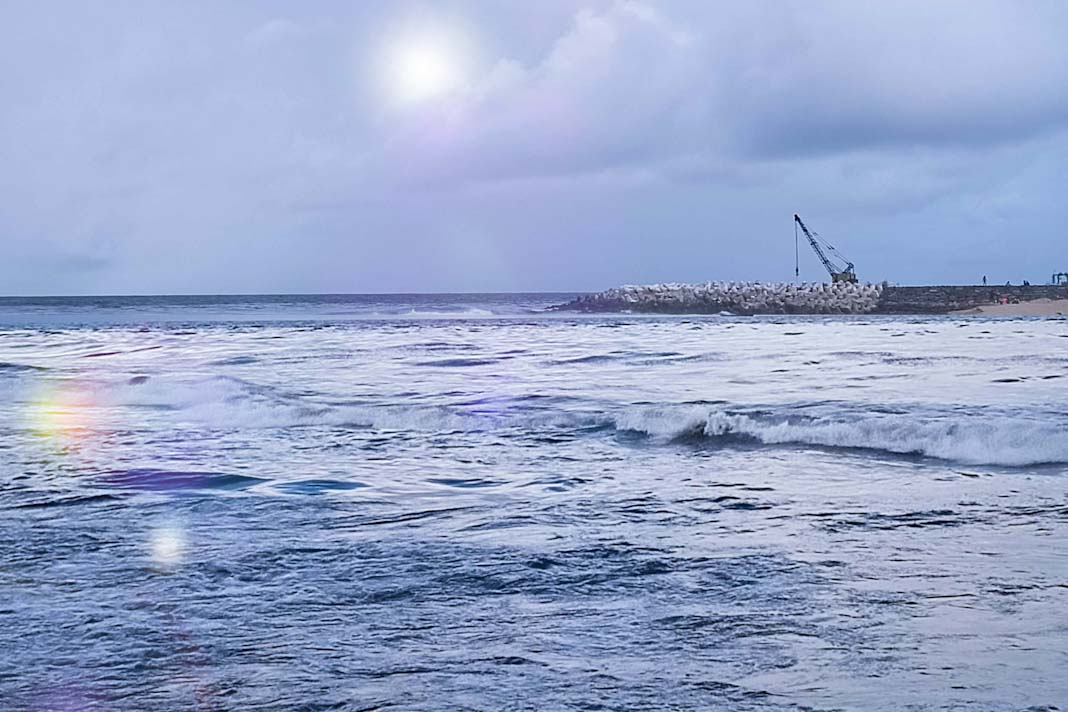- Drewry anticipates LNG as a feasible marine fuel until 2035 despite regulatory scrutiny.
- Maersk pivots to LNG, deferring methanol-powered ships due to economic and technological barriers.
- Over 1,100 LNG-fuelled vessels are expected by 2029, driven by stable pricing and fuel availability.
Drewry projects that LNG will remain a viable marine fuel until 2035, navigating the EU Emissions Trading System (EU ETS) and the forthcoming FuelEU Maritime (FEM) regulations, despite concerns over its fossil footprint and methane slippage. Maersk’s recent decision to delay orders for methanol-powered ships in favor of LNG has intensified the debate, according to an article published on their website.
Maersk’s Shift Towards LNG
Maersk’s move to favor LNG-fueled container vessels while postponing methanol-powered ship orders signals a strategic shift towards more readily available and economically viable alternative fuels. The high processing costs and technological challenges of green methanol have slowed its production, leading Maersk to negotiate the construction of 23 LNG dual-fuel container ships with Seaspan. The company’s pivot is seen as a response to the overpromising commitments for green methanol supply by 2025 amidst persistent economic and technological barriers, particularly in biomass gasification.
This shift by Maersk is creating a ripple effect in the industry, with other companies reassessing their fuel strategies. Shipyards and engine manufacturers have heavily invested in LNG technology, as evidenced by the current order book which shows 560 LNG-fueled vessels on order, making up 57% of the alternative-fueled fleet.
LNG’s Role in Emission Reduction
Despite the scrutiny over emissions, LNG is seen as a reliable transitional fuel due to technological advancements, fuel availability, and stable pricing. While LNG alone cannot achieve the zero-carbon ambition, it is pivotal in reducing emissions until other fuels and technologies mature. Efforts to mitigate methane slippage include retrofitting vessels with reliquefaction systems and installing Exhaust Gas Recirculation (EGR) and Selective Catalytic Reduction (SCR) systems. Additionally, shore power can eliminate vessel emissions at ports. The future introduction of low-carbon bio-LNG or renewable synthetic e-LNG will further reduce emissions in LNG-fueled vessels, enhancing LNG’s appeal as a transitional fuel.
EU ETS and FEM Regulations
The EU ETS and FEM regulations aim to curtail GHG emissions from the shipping industry. The EU ETS, enforced from January 2024, and the FEM, effective from 2025, target ‘methane slip’ from LNG-fueled ships. Drewry’s analysis of 2023 MRV data indicates that emission compliance costs for LNGCs under the EU ETS reduced by 20% in 2023 compared to 2022. This reduction is primarily due to phasing out steam turbine LNGCs, which have higher GHG intensity, in favor of modern 2-stroke vessels (XDF/MEGA) with lesser methane slip.
The increased share of these modern vessels in European trade highlights the impact of regulations, pushing owners and charterers towards more environmentally friendly options. As the LNG fleet evolves, the order book indicates that over 350 LNGCs will be added by 2030, with 92% equipped with 2-stroke low-pressure engines, supporting LNG’s future in maritime transport.
In conclusion, while LNG is not a permanent solution for zero-carbon shipping, it remains a crucial transitional fuel, supported by technological advancements and regulatory adjustments. The industry’s shift towards LNG, led by major players like Maersk, underscores its current economic and environmental viability amidst ongoing efforts to achieve sustainable shipping practices.
Did you subscribe to our daily Newsletter?
It’s Free! Click here to Subscribe
Source: Drewry
















